Blog
Sludge drying and incineration technologies in WWTPs. What is the future of sludge management?
The content of substances in the sludge and development of EU laws drives the efficient ways of sludge management in the WWTPs.
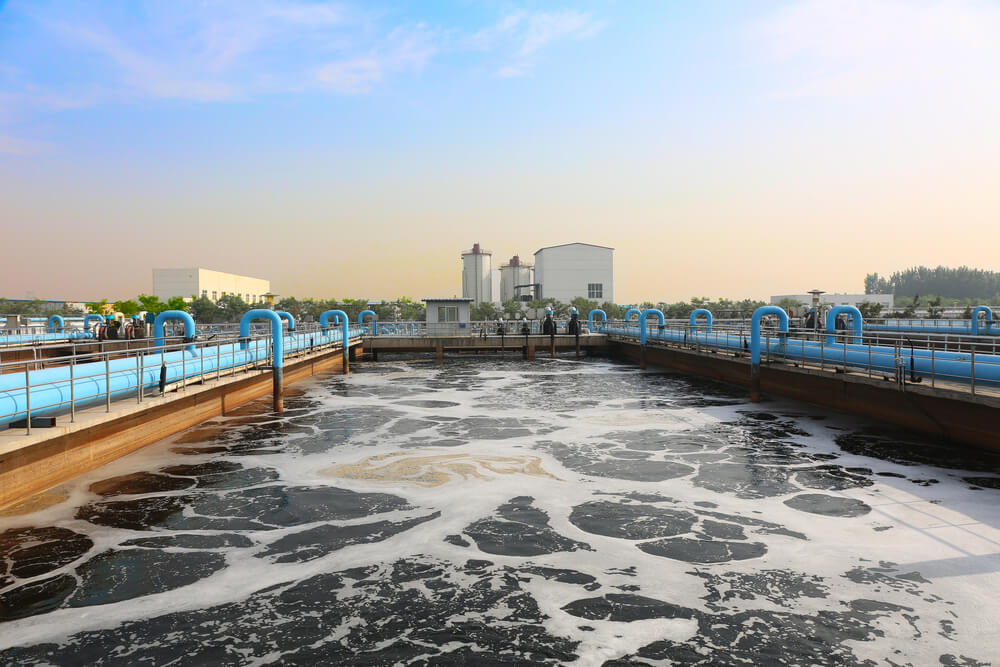
Sludge management often amounts to 40% of the WWTP's operational costs. Considering the potentially hazardous nature of its composition, the decline in conventional sludge treatment process and follow-up raise of prices for external treatment are expected. In this case, the wastewater treatment plants will aim at having the smallest possible sludge production. How about sludge reduction by 90%?
Solar sludge drying from WWTPs
Drying of thickened sludge (15 to 30% dry matter) is a very ecological and non-energy-intensive approach.
Suppliers of technologies for solar drying agree that the volume of sludge dry matter can be increased by 20% to 75–85% following the mechanical dewatering (i.e. presses, separators).
Economically speaking, it means four times lower costs for export and external treatment at the disposal site, incineration plant, or anywhere else.
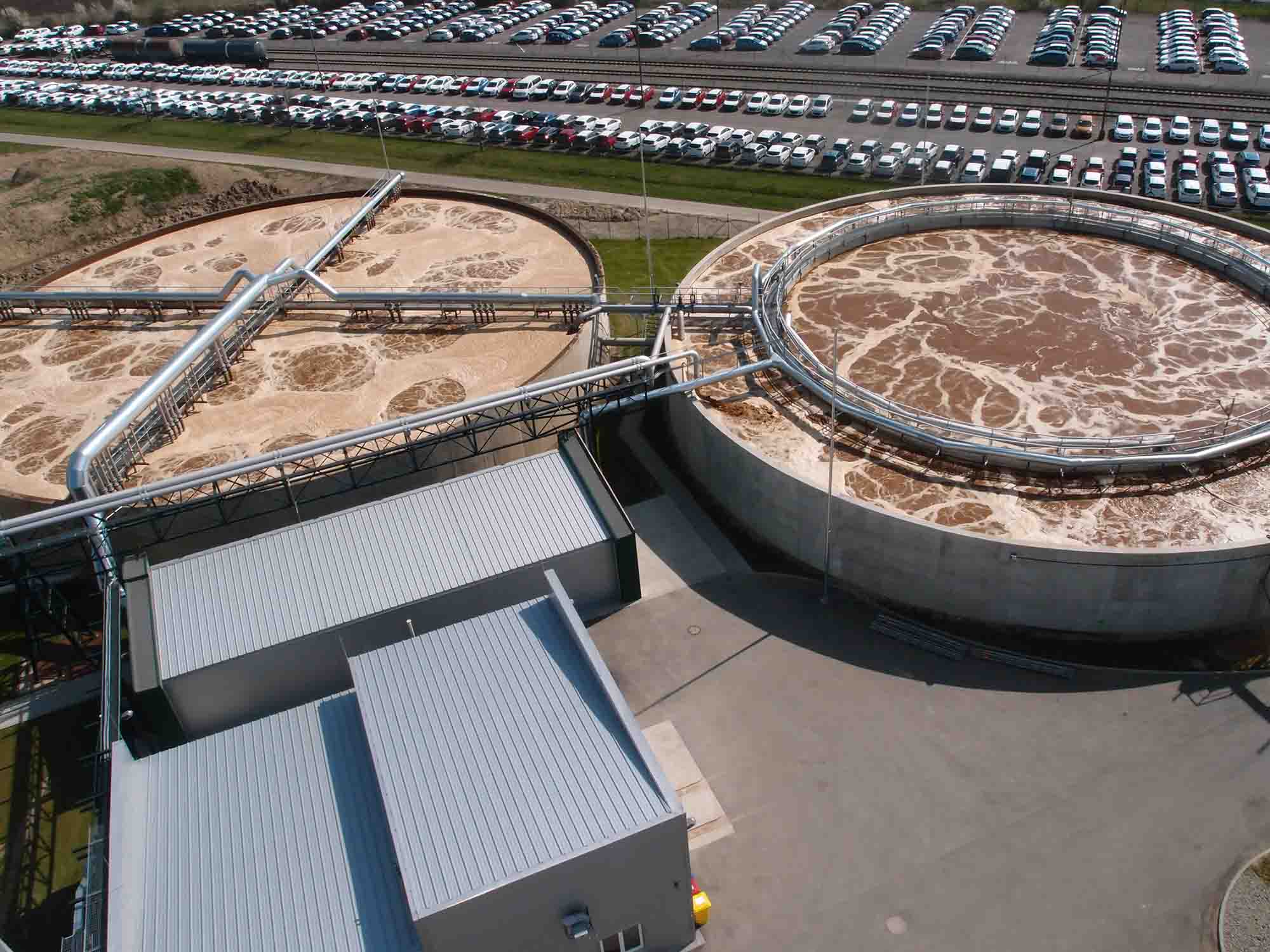
Principle and application
The principle is based on uniform sludge distribution along the building with glass-lined walls and roofs. Regular mixing is a necessity for sludge to dry more quickly and for the prevention of odor in spots where the sludge could septisize.
Such applications are intended for municipalities from 2,500 p.e. (i.e. population equivalent) to cities of 100,000 p.e. Built-up areas, naturally, need to have proportionate size, and they are usually relatively large: from hundreds of square meters to 7,000 m2. Treatment of such size produces approximately from 1 to 10 thousand tons of sludge dry matter per year.
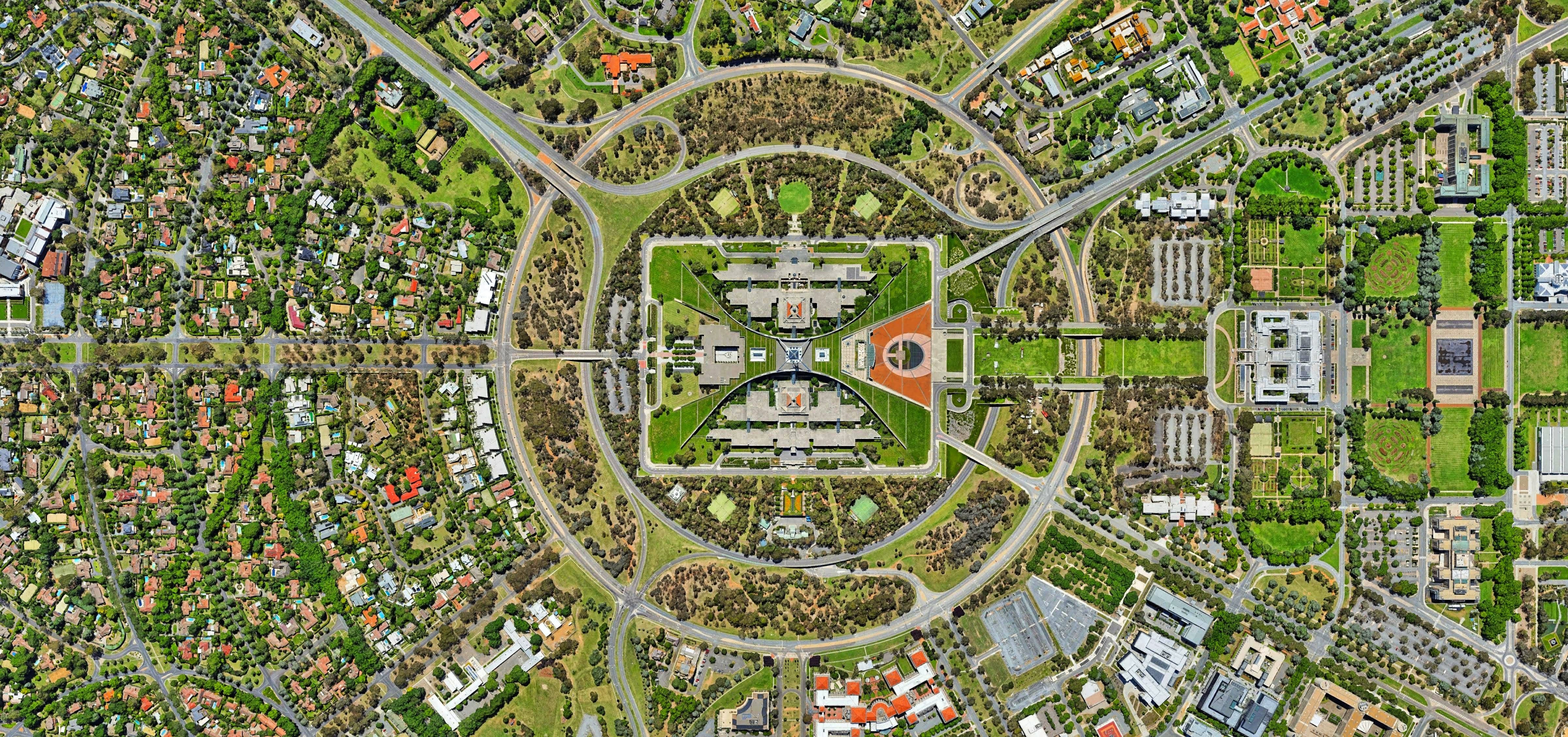
Ensuring the process stability
As this process depends on the season, weather, and number of solar days, the system can be facilitated. Larger WWTPs treat the sludge anaerobically which allows them to gain energy-rich biogas.
Then, the biogas is often used in boilers or cogeneration units generating heat and electricity. One portion of the generated heat supplies the septic tank, another one supplies buildings, and the surplus heat is wasted. This heat surplus could be used for additional drying of the thickened sludge.
The application of these technologies and the effort to reduce the sludge quantities are driven by:
● laws and regulations (European & Slovak),
● the presence of potentially hazardous substances in the sludge,
● hypothetical increase in price for sludge disposal.
Belt drying systems for the sludge from WWTPs
Another, more complicated technology, is the belt drying system.
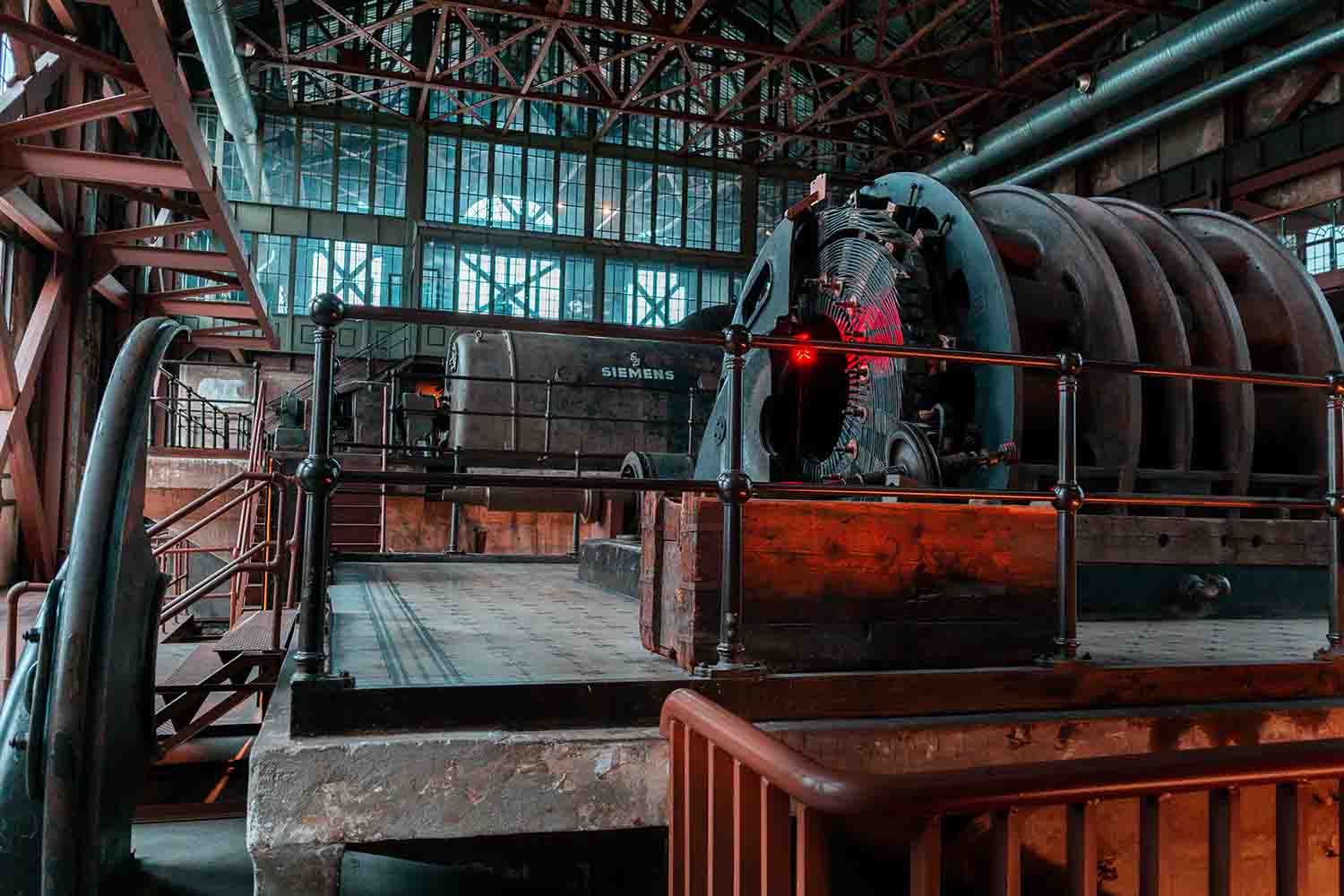
The applications again vary, i.e. from smaller towns to cities of 130,000 p.e. Thanks to the dry matter increase from 20% to 90%, the sludge volume reduction can be four or five fold and the reduction of weight even seven or eightfold.
In economic terms, this means four to eight times lower export and external treatment costs.
Advantages, principle & application
One of the advantages, compared to the solar sludge dryers, is higher performance or rather the drying efficiency, and approximately ten times less of built-up area needed. Another benefit is that this material has similar heating value as lignite and can be used for co-incineration.

The sludge needs to be uniformly distributed along the belt. It is dried in one zone with lower temperature (approx. 90C) or in two zones with lower and higher temperature (approx. 90C and 140C).
Energy consumption per 1kg of evaporated water amounts to 0.080 to 0.085 kWh. If your WWTP produces 5,000 m3 of dried-up sludge annually, you will need approx. 3,000 MWh of heat per year.
Why to dry the sludge from WWTPs?
Thermal sludge treatment from the wastewater treatment plants is interesting for more reasons:
- due to the presence of heavy metals and pharmaceutical products in the sludge and the possible soil or groundwater contamination, the application of sludge to agricultural lands is prohibited in some European countries,

-
potential price increase for conventional sludge treatment processes,
-
sludge is treated in its place of origin, saving costs and the environment for excessive transportation and CO2 emissions,
-
the recovery of minerals, such as phosphorus, from sludge from the wastewater treatment plants is often discussed,
- there are currently multiple types of industrial wastewater and industrial sludge defined as hazardous waste due to its composition. Therefore, it is more than desirable to reduce the sludge quantities. The sludge drying technologies could significantly help reduce operational costs of such plants.
Replacing the aerobic by anaerobic
An interesting alternative would be to prefer the anaerobic pre-treatment of wastewater to aerobic treatment.
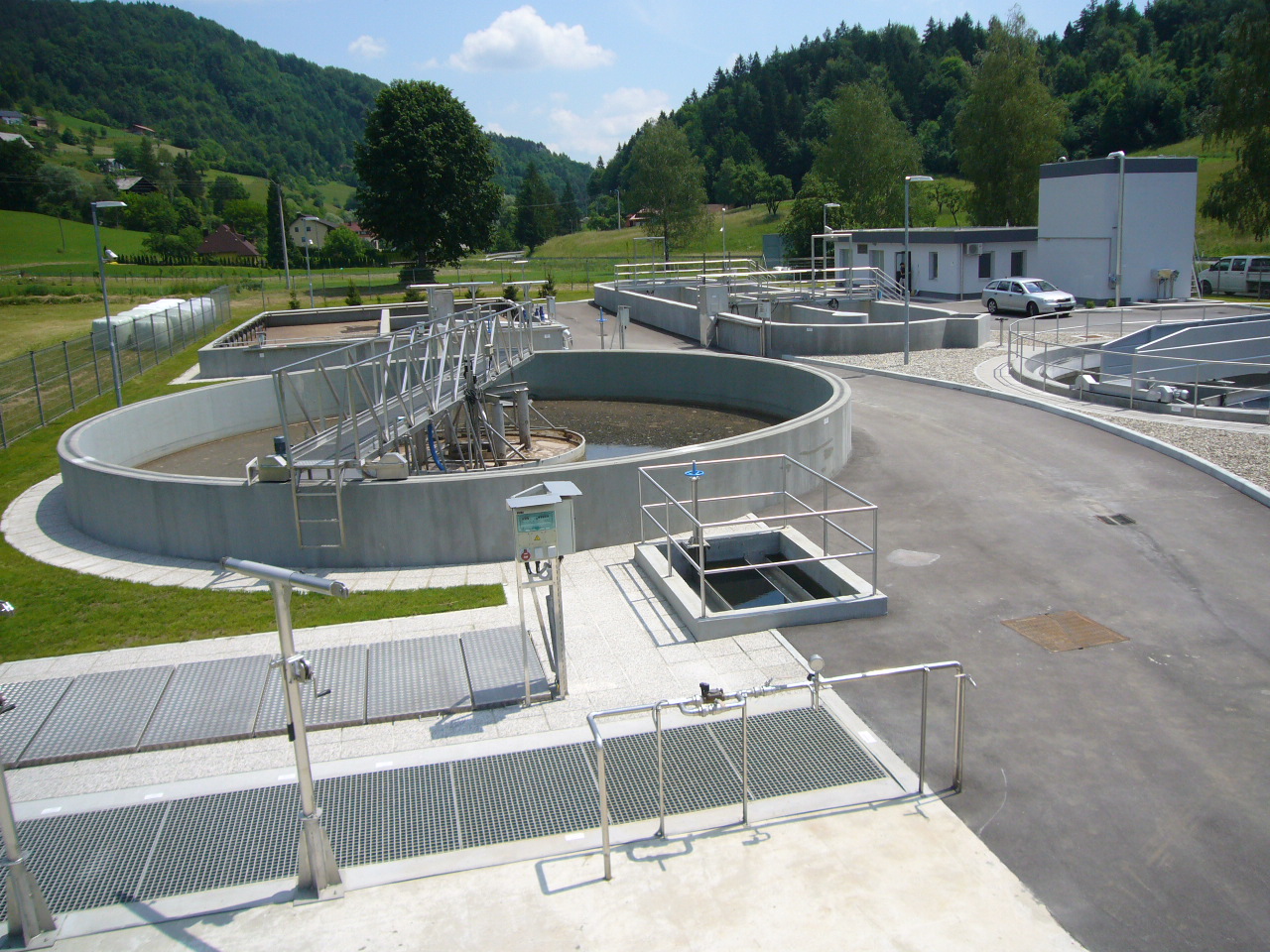
The main difference is the number of water-cleaning bacteria. Anaerobic bacteria grow very slowly, and thus, the direct effect of this process is the production of smaller sludge quantity.
Another benefit is the generation of energy-rich biogas which includes methane. Such gas can be utilized in boilers or cogeneration units which, apart from electricity generation, produce hot water to be used for instance in the above mentioned technologies. The disadvantage of anaerobic process is the need to heat the system.
The content of substances in the sludge and development of EU laws and regulations, however, drives the efficient ways of sludge management in the WWTPs. Even though it is not highly necessary, studying the alternatives of wastewater treatment is worth your time.

By Ing. Matúš Palguta, chemical technologist
More articles
Hydrotech visited STU university
Hydrotech was invited to two events organized for students by Slovak university of technology. Since we do care about right relationships with...
